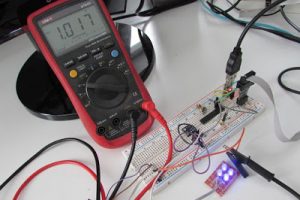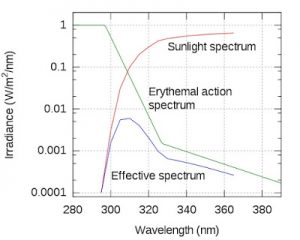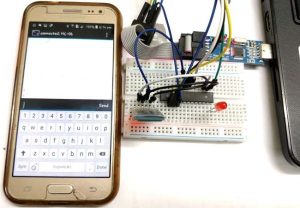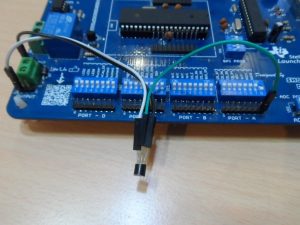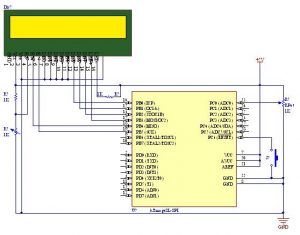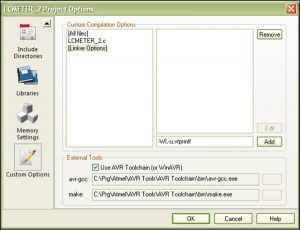Ultraviolet (UV) is an electromagnetic radiation with a wavelength from 10 nm to 400 nm.
The ML8511 is an ultraviolet sensor that output an analog signal correlated to the amount of UV light detected. By datasheet the sensor detects wavelength from 280nm to 560nm.
Here I’ve implemented a driver for AVR Atmega, portable to other microcontrollers, that correlates the sensor output to light intensity, it also computes the UV index based on the sensor input.
The ultraviolet index or UV index is an international standard measurement of the strength of sunburn-producing ultraviolet (UV) radiation at a particular place and time. It is a linear scale, with higher values representing a greater risk of sunburn. The purpose of the UV Index is to help people effectively protect themselves from UV radiation.
Not all the energy of the UV spectrum has the same “damage” power, due to this the power spectrum is multiplied by a weighting curve known as the erythemal action spectrum, and the result integrated over the whole spectrum.
The correlation function I propose here is derived by the datasheet graph of “Output Voltage over UV intensity“.
From this graph we can get the correlation function. This graph is clearly a linear function. We have Output voltage on the y axis and UV intensity on the x axis.
Because we want to obtain the UV intensity using the voltage that we can read from the sensor, we are going to flip the graph.
Once we have flipped the graph we can now get the point from the graph using a tool like WebPlotDigitizer.
We can now use liner regression technique to obtain the function we need to convert voltage output to UV intensity.
Also notice that this graph has four functions for 75degree, 25degree, -5degree, -25degree temperature condition.
If we perform linear regression on points of that function we get 4 correlation functions.
@75deg UV mW/cm2 = 8.158154634V -7.77772054
@25deg UV mW/cm2 = 7.9816914V-7.921745308
@-5deg UV mW/cm2 = 7.853758854V – 7.934095316
@-25deg UV mW/cm2 = 7.743732684V – 7.978602568
Note thate the accuracy of this method depends on the accuracy of your point extraction.
More in general we can say that the correlation function looks like this:
If we are going to use this sensor under different thermal condition we can simply interpolate beween those function to get the correlation function slope “s” and intercept “i”.
Also, that graph is for a wavelength of 365nm.
We may find the responsivity function of this sensor on the datasheet. Responsivity measures the input–output gain of a detector system. We can use again the WebPlotDigitizer to find points from the “Responsivity Characteristics” curve.
Read more: UV Sensor ML8511 AVR Atmega library














